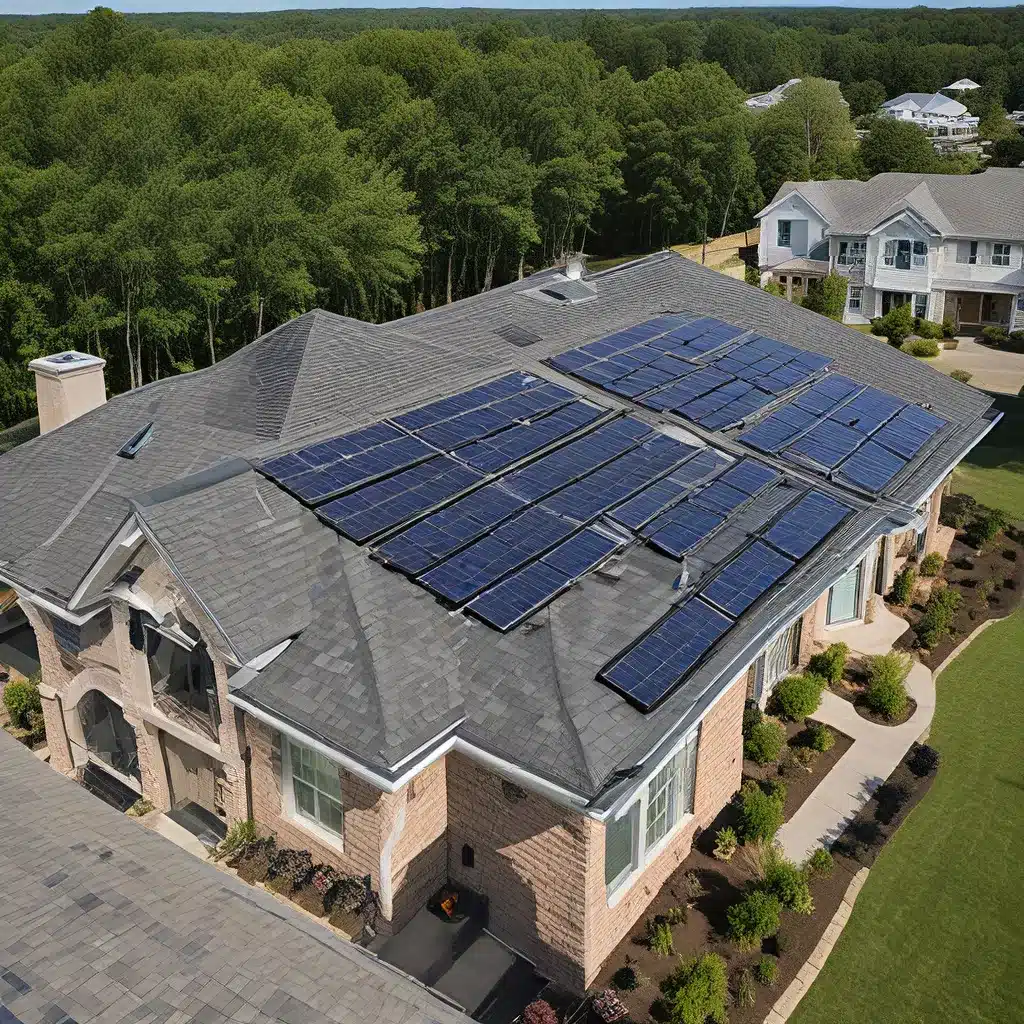
As a homeowner in the sunny South, I’ve been captivated by the idea of harnessing the power of the sun to power my home. The thought of reducing my carbon footprint and potentially slashing my energy bills has had me eager to explore the world of solar energy. But where do I even begin? With so many options and considerations, it can feel overwhelming to navigate the solar landscape.
The Solar Landscape: Understanding Your Options
When it comes to solar power, there are two primary technologies that can turn the sun’s energy into electricity: photovoltaics (PV) and concentrating solar power (CSP). PV, the more common and accessible option, is what you’ve likely seen on rooftops and in solar farms – those sleek, shiny panels that absorb the sun’s photons and convert them into an electric current.
CSP, on the other hand, is a larger-scale technology used primarily in commercial power plants. It relies on mirrors to reflect and concentrate sunlight onto a receiver, which then collects the solar energy and converts it to heat that can be used to generate electricity. While impressive, CSP is not really suited for residential use, so I’ll be focusing my attention on PV.
As I dove deeper into researching solar, I learned that not every rooftop is created equal when it comes to solar panel installation. Factors like the age and condition of my roof, the size, shape, and slope, and even the presence of nearby trees can all impact the viability and efficiency of a solar system. Luckily, there are some handy online tools, like the PVWatts calculator from the National Renewable Energy Laboratory (NREL), that can help me estimate the energy production and potential cost savings of a solar system for my specific home.
Financing and Incentives: Exploring the Options
Of course, the big question on everyone’s mind is: how much is this going to cost me? The good news is that the cost of going solar has been dropping steadily, thanks in part to the efforts of the Office of Energy Efficiency and Renewable Energy. And with a variety of financing options available, such as solar loans, leases, and power purchase agreements (PPAs), the barrier to entry is lower than ever.
One particularly attractive incentive is the Solar Investment Tax Credit (ITC), which currently provides a 26% tax credit for solar systems installed between 2020 and 2022. This credit can make a significant dent in the upfront costs, and it’s something I’ll definitely be looking into as I explore my solar options.
But the savings don’t stop there. Studies have shown that homes with solar panels can sell for a premium of around $15,000, and that they tend to sell faster than their energy-guzzling counterparts. So in addition to the long-term energy savings, a solar investment could also pay off when it’s time to sell my home.
Navigating the Installation Process
Alright, I’m sold – I’m ready to take the plunge and go solar. But where do I even start? Well, the experts recommend working with a qualified solar installer who holds the industry-standard North American Board of Certified Energy Practitioners (NABCEP) certification. These professionals can help me navigate the entire process, from evaluating my roof’s suitability to securing any necessary permits and ensuring the system is installed to code.
And let’s not forget about the homeowners association (HOA) – in many cases, they’ll need to approve any solar installations, so it’s important to understand the solar access laws in my state. Luckily, a good solar installer should be well-versed in the local regulations and can help me jump through all the necessary hoops.
Maximizing Efficiency and Customization
Once the installation is complete, I’ll want to ensure I’m getting the most out of my solar system. That’s where net metering comes into play. This arrangement allows me to be compensated for any excess solar power I generate and send back to the grid. It’s like having my own personal power plant!
And if I really want to get creative, there’s always the option of building-integrated photovoltaics (BIPV). This cutting-edge technology allows me to customize the appearance of my solar panels, so they can seamlessly blend in with the aesthetic of my home. Imagine solar shingles that look just like the rest of my roof – it’s a game-changer for the solar-curious homeowner like myself.
Embracing the Future of Solar Energy
As I continue to explore the world of solar power, I can’t help but feel excited about the future of this technology. With ongoing research and development, I know that the efficiency and affordability of solar systems will only continue to improve. And with the growing awareness of the environmental benefits of renewable energy, I’m proud to be doing my part in reducing my carbon footprint.
Of course, there’s still a lot to learn, and I’m sure I’ll encounter a few bumps in the road as I navigate this solar journey. But with the right resources, a bit of patience, and a willingness to embrace the unknown, I’m confident that I can harness the power of the sun and reap the rewards of a more sustainable, energy-efficient home.
So, fellow Southern homeowners, what are you waiting for? Let’s go solar and bask in the glory of our very own personal power plants!